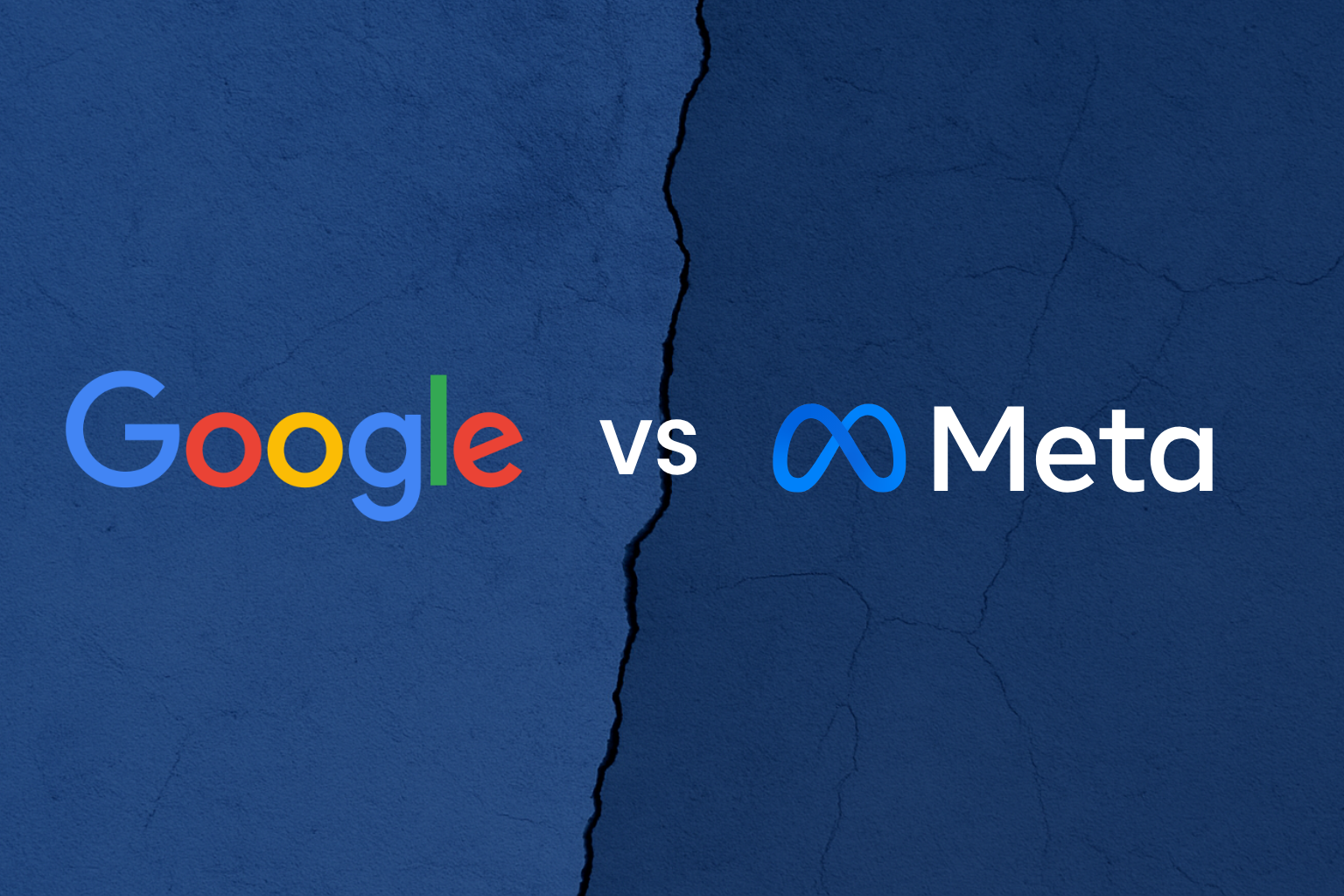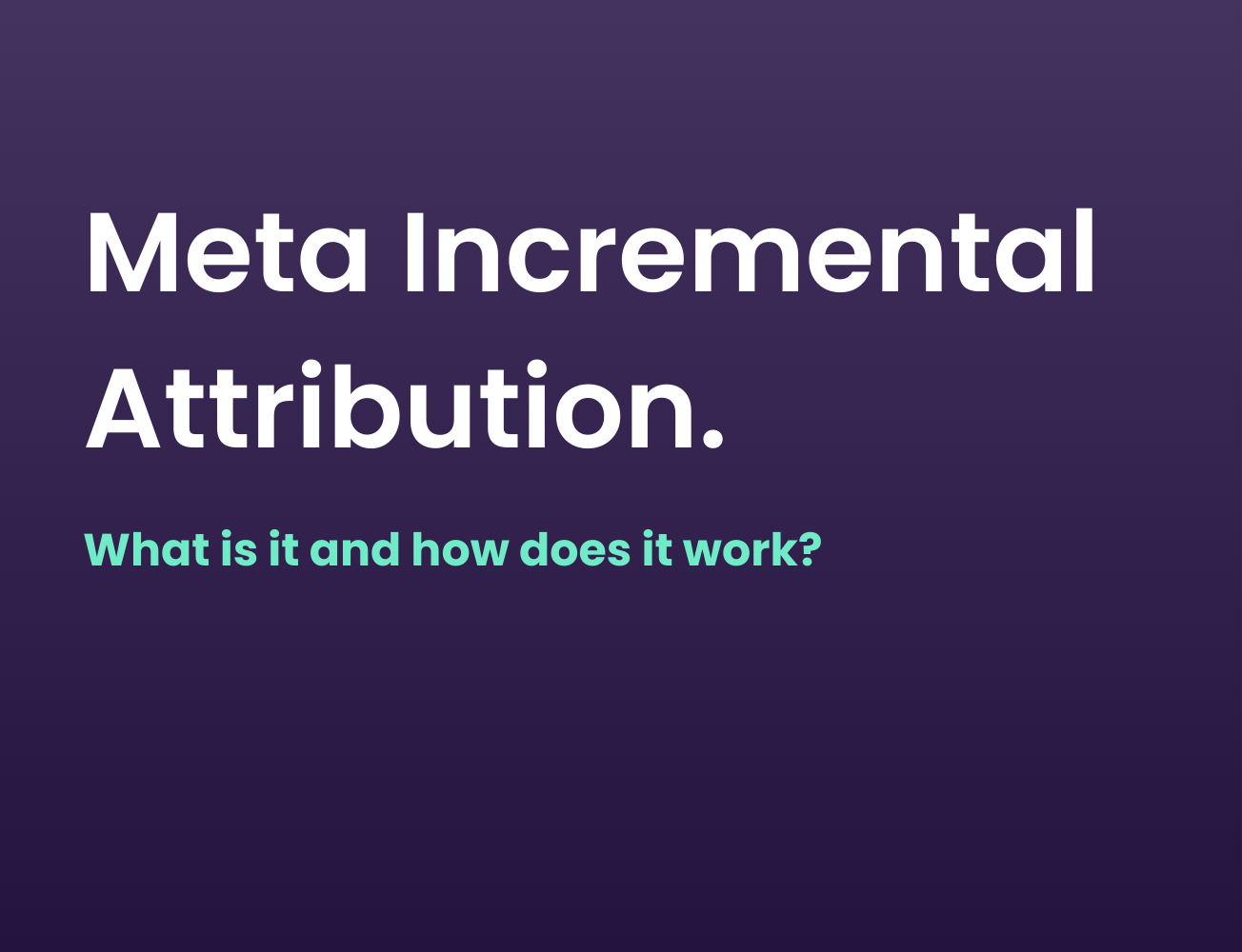Imagine you’re driving home from work and pass a billboard for Nike trainers. You barely register it — your attention’s on the road ahead.
The next day, you go online and buy a new pair of trainers. Not because of the billboard, but because your old ones are worn out and you’ve been meaning to replace them for a while.
Should that billboard really get full credit for the sale? Or is it more likely you were going to buy them anyway?
That’s essentially how Meta’s default attribution model works.
Meta’s always had a reputation for being a bit greedy with attribution. Its default model (7-day click, 1-day view) is the main reason.
That 1-day view window in particular lets Meta claim credit for sales that probably came from somewhere else, just because someone happened to see an ad in the past 24 hours.
But in April 2025, Meta quietly rolled out Incremental Attribution — a model that only gives credit for sales that wouldn’t have happened without exposure to ads.
How does it work?
👉 Default attribution model (7 day click & 1 day view) - If someone clicked an ad in the last 7 days or simply saw one in the last 24 hours, any purchase is credited to that ad.
👉 Incremental attribution model - Only credits the ad if the sale wouldn’t have happened otherwise.
Typically, the gold standard for understanding whether a sale would’ve happened anyway is a lift test:
- Split your audience into two groups.
- Group A see your ads.
- Group B are excluded from seeing your ads.
- Compare the difference in sales from the two groups.
The downside? Lift tests are expensive, time-consuming, and impractical to run for every campaign.
So instead, Meta has trained its machine learning models on years of lift test data to simulate the effect of a holdout test in real time.
In other words, it’s making a very educated guess at which sales are truly incremental.
Does it replace Incremental Lift tests?
Short answer: no - but it could reduce how often lift tests are needed.
In an ideal world, brands would run lift tests throughout the year to see how incrementality shifts with seasonality, BAU vs. sale periods, or changes in strategy. Lift tests will remain the most accurate way to measure true uplift on Meta.
But Incremental Attribution can act as a virtual proxy for these tests, giving faster, always-on insights without the downside of constantly excluding holdout groups.
How can it be implemented?
Switching on incremental attribution is very straightforward with Sales objective campaigns.
The setting can be enabled at the adset level within the Conversion section, you might need to click ‘See more settings’ to see the option.
You will also need to create a new adset to switch it on, unfortunately you can’t amend an existing adsets attribution setting.

Our opinion
As an ecommerce marketing agency, this is a welcome update.
With budgets under more pressure than ever, being able to separate true incremental impact from sales that would’ve happened anyway is more important than ever.
Our view - brands should test incremental attribution now, but treat it as guidance, not fact.
Remember, it’s still only Meta’s view of incrementality, not a holistic, cross-channel perspective.
.png)
.png)




.png)
.png)

.png)


.svg)
.svg)
.svg)
.svg)